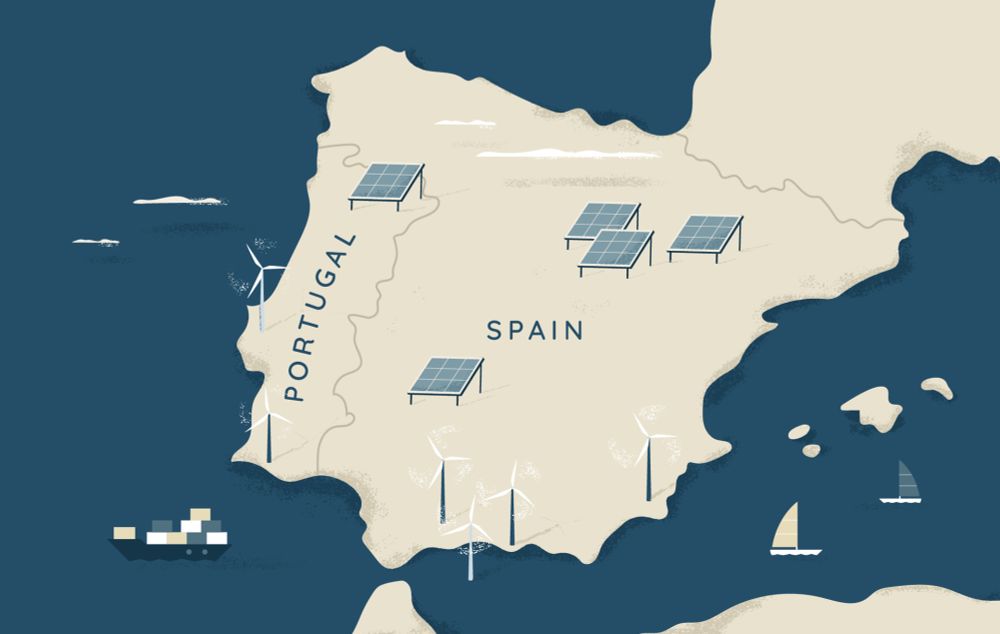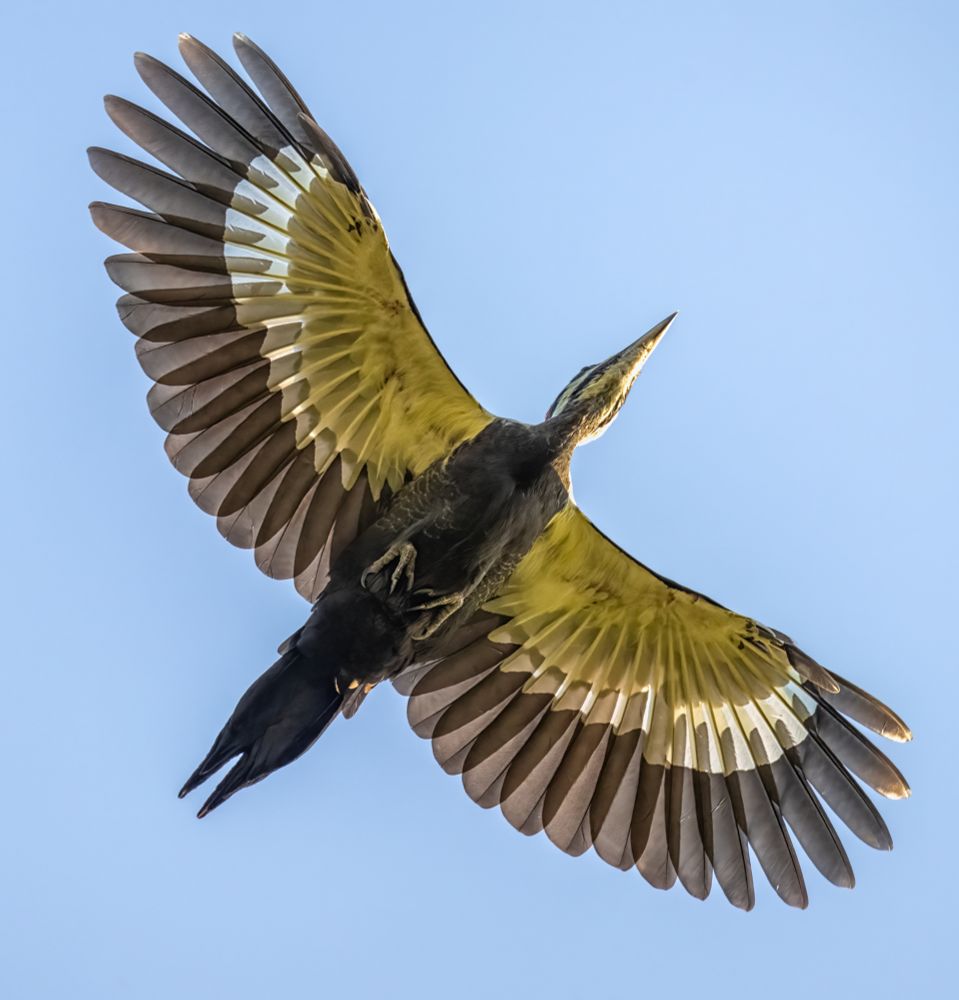Eduardo de la Peña
@agricoedu.bsky.social
580 followers
720 following
42 posts
Professor at Ghent University, Department of Plants and Crops @UGent plant production, crop protection, agro-diversity RT≠endorse
Posts
Media
Videos
Starter Packs
Reposted by Eduardo de la Peña
Reposted by Eduardo de la Peña
Reposted by Eduardo de la Peña
Reposted by Eduardo de la Peña
Reposted by Eduardo de la Peña
Reposted by Eduardo de la Peña
Reposted by Eduardo de la Peña
Reposted by Eduardo de la Peña
Reposted by Eduardo de la Peña
Reposted by Eduardo de la Peña
Reposted by Eduardo de la Peña
Reposted by Eduardo de la Peña
Reposted by Eduardo de la Peña
Reposted by Eduardo de la Peña
Reposted by Eduardo de la Peña
Reposted by Eduardo de la Peña
Reposted by Eduardo de la Peña
Reposted by Eduardo de la Peña
Reposted by Eduardo de la Peña

























